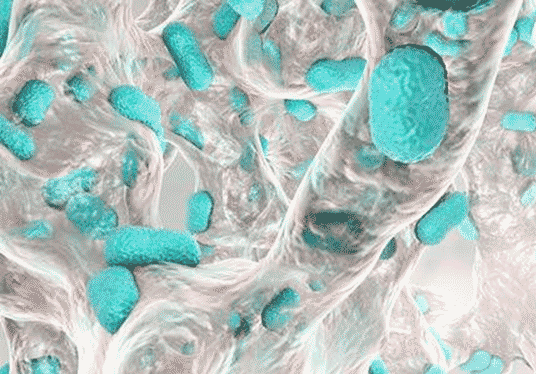Autoimmune disease and cancer both attempt to control immune system, managing immune cells in different order. For patients diagnosed with both diseases it is hard to decide which therapy and how to use especially in cases when immunotherapy drugs called checkpoint inhibitors are involved. Patients with autoimmune disease have difficulty to tolerate such treatment when immune cells stimulated in order to recognize and attack cancer cells.
. Cancer and autoimmune diseases increase risks and treatments outcome and patients experience difficulty to stay in treatment protocol.
Autoimmune disorders cause inflammation which can lead to cancer. For example colitis or inflammatory bowel disease can rise chance of colorectal cancer. Chronic inflammation harm cell’s DNA and may result in unlimited cell growth. In order to reduce inflammation immunosuppressors are frequently adviced and both assumed on increasing multiple cancers risk .

Arthritis and psoriasis associated with increased lymphoma risk due to their pathophysiology, treatments or combination of these factors (Gelfand, 2006). Autoimmune diseases treatment is complicated by risk of activating pathological process which possible to avoid with modern immunomodulatory therapy.
With IPMs appearance there is hope for positive treatment outcome. Long-term therapy effect with IMP as STF in 70% rheumatoid arthritis cases reported excellent, very good and good results. Among those 34.3% responded good, 37.1% showed very good outcome and continued treatment with nonsteroid products and IMP in form of transfer factor. 28.6% with stage 1 rheumathoid arthritis achieved excellent results and withdrawn nonsteroid therapy.
Hence, transfer factor adjuvant therapy may be considered benefitial for patients with rheumatoid arthritis (Georgescu , 1985, 23(2):).
AUTOIMMUNE DISEASES LIST
| 1. Addison’s disease | 73. Ligneous conjunctivitis |
| 2. Agammaglobulinemic | 74. Linear IgA disease (LAD) |
| 3. Alopecia areata | 75. Lupus |
| 4. Amyloidosis | 76. Lyme disease chronic |
| 5. Ankylosing spondylitis | 77. Meniere’s disease |
| 6. Anti-GBM/Anti-TBM nephritis | 78. Microscopic polyangiitis (MPA) |
| 7. Antiphospholipid syndrome | 79. Mixed connective tissue disease (MCTD) |
| 8. Autoimmune angioedema | 80. Mooren’s ulcer |
| 9. Autoimmune dysautonomia | 81. Mucha-Habermann disease |
| 10. Autoimmune encephalomyelitis | 82. Multiple sclerosis |
| 11. Autoimmune hepatitis | 83. Myasthenia gravis |
| 12. Autoimmune inner ear disease (AIED) | 84. Myositis |
| 13. Autoimmune myocarditis | 85. Narcolepsy |
| 14. Autoimmune pancreatitis | 86. Neuromyelitis optica |
| 15. Autoimmune retinopathy | 87. Neutropenia |
| 16. Autoimmune urticaria | 88. Ocular cicatricial pemphigoid |
| 17. Axonal & neuronal neuropathy (AMAN) | 89. Optic neuritis |
| 18. Baló disease | 90. Palindromic rheumatism (PR) |
| 19. Behcet’s disease | 91. PANDAS |
| 20. Benign mucosal pemphigoid | 92. Paraneoplastic cerebellar degeneration (PCD) |
| 21. Bullous pemphigoid | 93. Paroxysmal nocturnal hemoglobinuria (PNH) |
| 22. Castleman disease (CD) | 94. Parry Romberg syndrome |
| 23. Celiac disease | 95. Pars planitis (peripheral uveitis) |
| 24. Chagas disease | 96. Parsonnage-Turner syndrome, |
| 25. Chronic inflammatory demyelinating polyneuropathy (CIDP) | 97. Pemphigus |
| 26. Chronic recurrent multifocal osteomyelitis (CRMO) | 98. Peripheral neuropathy |
| 27. Churg-Strauss | 99. Perivenous encephalomyelitis |

